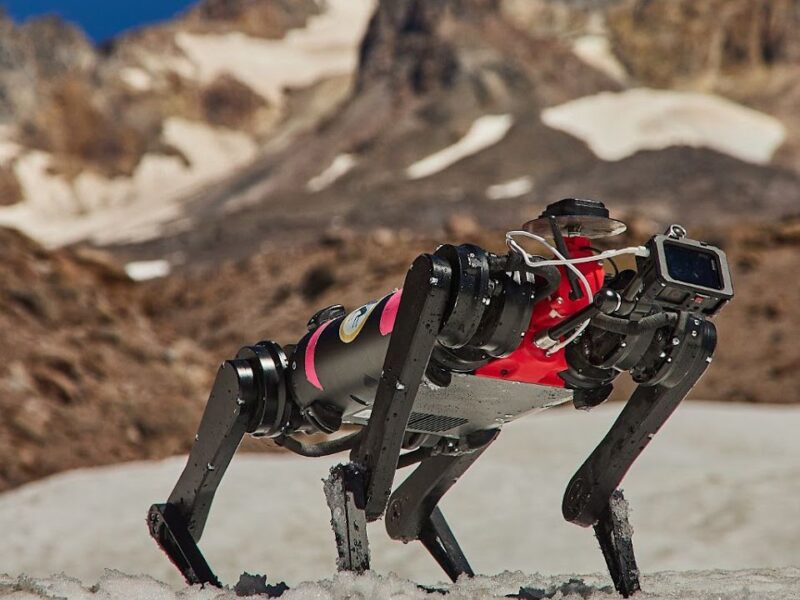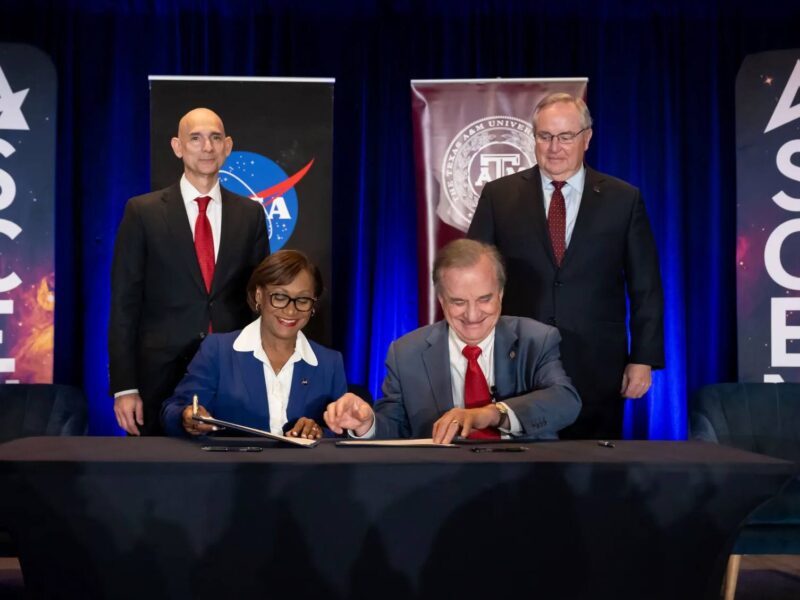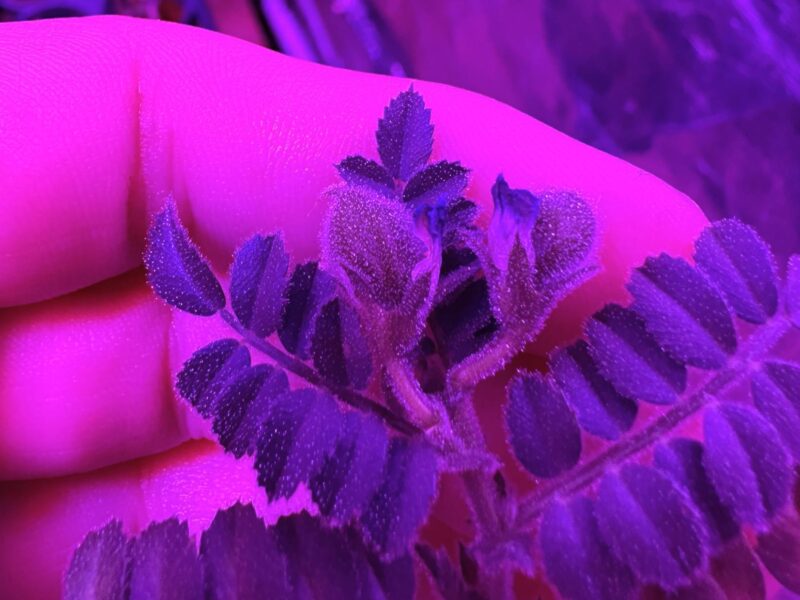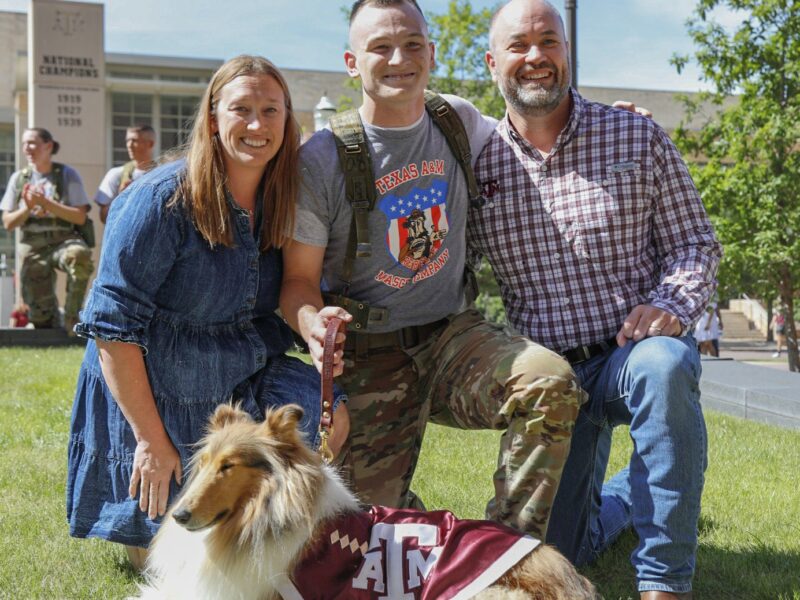Texas A&M Student Interns At NASA
During the summer, many students get internships working for companies to gain experience in their field of study. For junior biomedical engineering major Heather Scruggs, this means an internship working for NASA.
Scruggs is one of 18 college students selected to participate in the National Space Biomedical Research Institute’s summer internship program. She’s working on the International Space Station Medical Project at Johnson Space Center in Houston.
“The internship is all about introducing students to the space life sciences through not only their work, but a series of speakers, tours and events,” Scruggs said.
The project Scruggs is assigned to is called MARES, the Muscle Atrophy Research and Exercise System. The system is used to conduct research on the effect of microgravity on the human body.
“I built mockups that will be used to train astronauts who will use the hardware on the International Space Station,” Scruggs said.
Scruggs is the only Aggie to be chosen for the internship this year, and joins students from Rice, Harvard, Purdue, Michigan State and other top-notch research universities, said Roy Bradford Thomas, senior communications specialist for the National Space Biomedical Research Institute, NSBRI.
NSBRI focuses on developing counter measures to the health-related problems, both physical and psychological, that astronauts develop over time in space, Thomas said.
“Our primary objective is to ensure both safe and productive human space flight,” Thomas said. “Even though our research is for space flight, most of our projects have applications for health care here on Earth.”
The research at the NSBRI helps with conditions such as osteoporosis, sleep disorders, balance disorders and cardiovascular system problems. Thomas said current research on how moon dust affects the lungs and how dangerous it is could benefit people who have asthma.
“Pretty much everything we do, you can tie it into somewhere on Earth,” Thomas said.
The internship program, which began in 1998, has introduced 117 students from all over the country to the space flight program.
“Eighty percent of what we do is research, but another 20 percent is education, where we try to share the excitement and importance of space research with students and interns,” Thomas said. “When Heather and the other interns go to the labs around the Johnson Space Center, in addition to getting exposed to JSC and what NASA’s all about, they’ll go back and help get other people excited about it.”
Thomas said the NSBRI hopes the interns will gain an interest in space flight and come back to work on the program.
“We use [the internship] as a teaching tool,” Thomas said, “but we hope that it becomes viral, that [the interns] will spread the word, and in some cases these students have come in and they’ve brought ideas to the researchers. They’ve had their experiences enriched, and enriched the knowledge of the space researchers.”
Scruggs said she has learned a lot from her time in the program.
“There’s a lot more to NASA than most people usually see,” Scruggs said. “The public really only hears about NASA during shuttle launches or when there are problems or catastrophes. I got to experience what happens at the Johnson Space Center every day, and see the kinds of experiments and activities that are going on in space all the time, not just things that are televised.”
Her favorite part of the internship, she said, was the many different sides of NASA that she saw.
“I was introduced to so much more than just my project,” Scruggs said. “It really exposed me to multiple career opportunities that I wouldn’t have even considered before because I didn’t know about them before this summer. This internship opened doors that I didn’t even know existed.”
Many students get hands-on experience in internships, but for Scruggs, this means she might have the opportunity to see something she helped build go into space.
“The internship program gives these high-caliber students the opportunity to work on research related to human space exploration,” NSBRI director Jeffrey Sutton said. “Along the way, they gain first-hand knowledge of the numerous Earth applications of their work.”
“This internship opened doors that I didn’t even know existed.” – Heather Scruggs junior biomedical engineering major.
This article by Kalee Bumguardner originally appeared in The Battalion.





